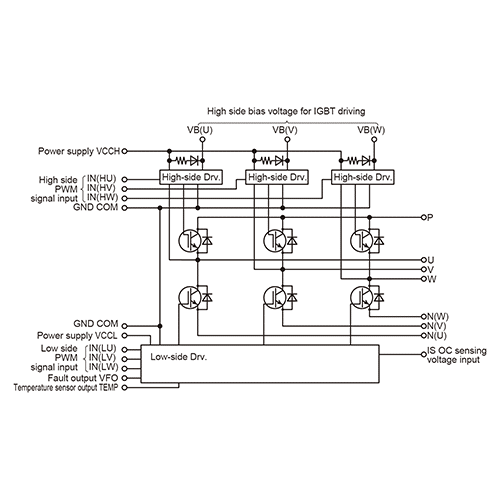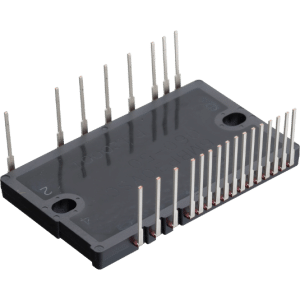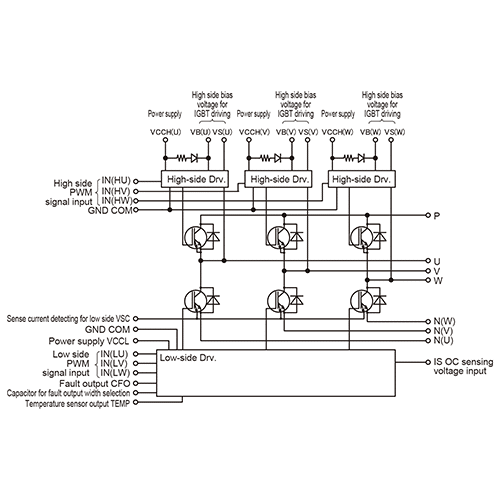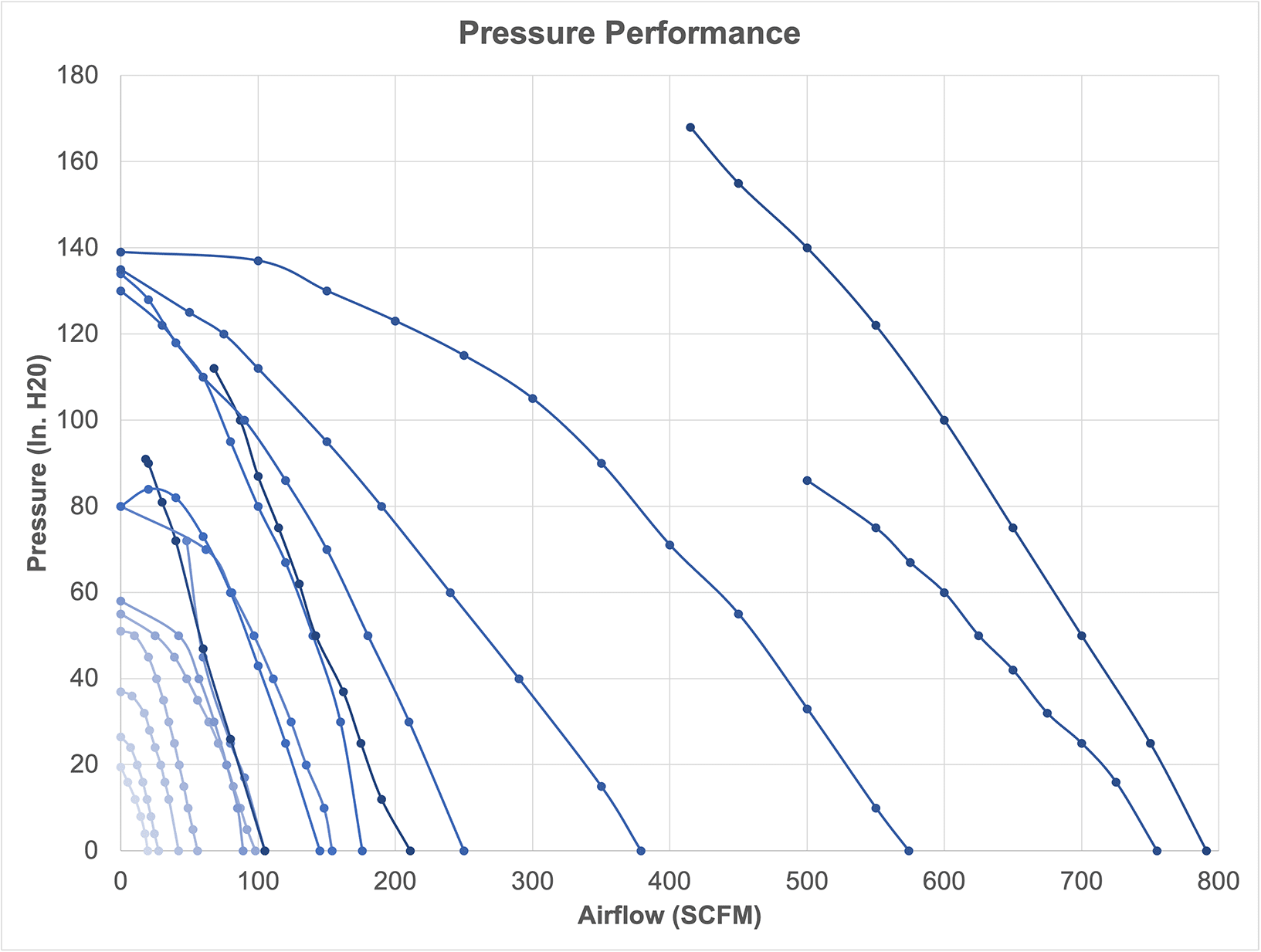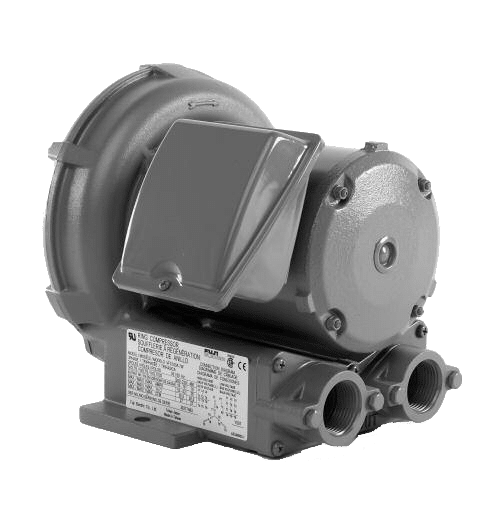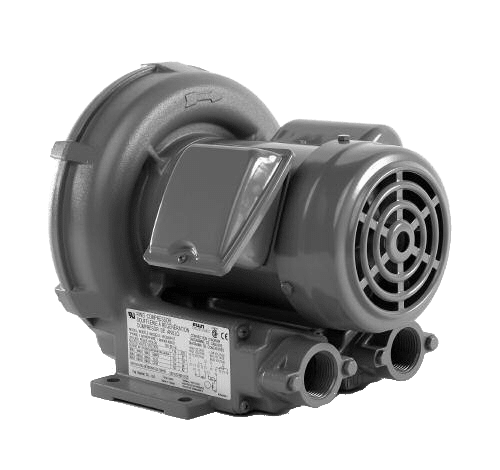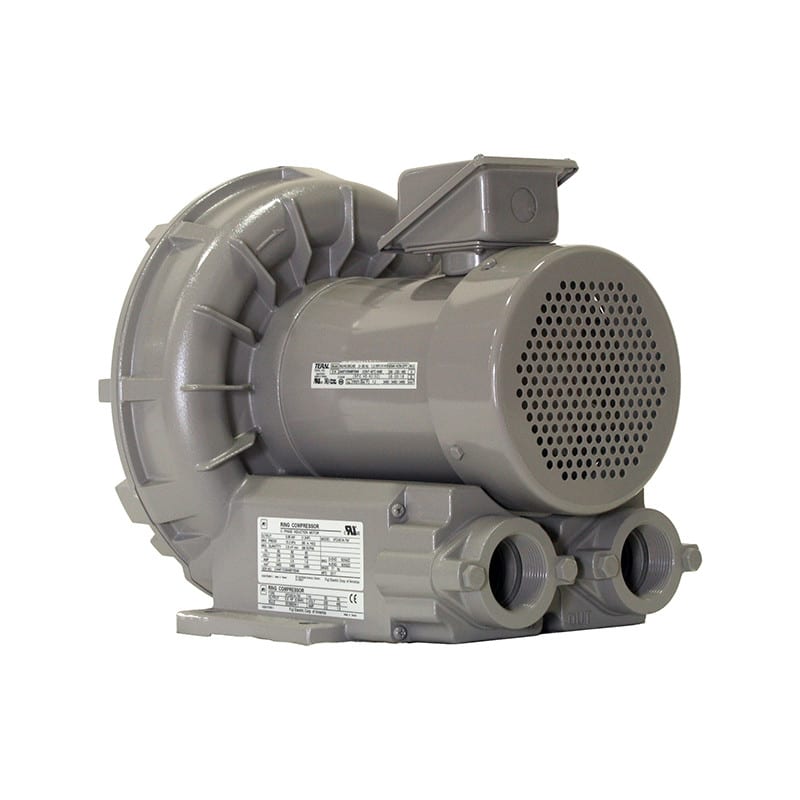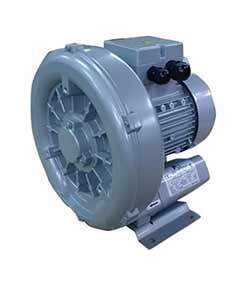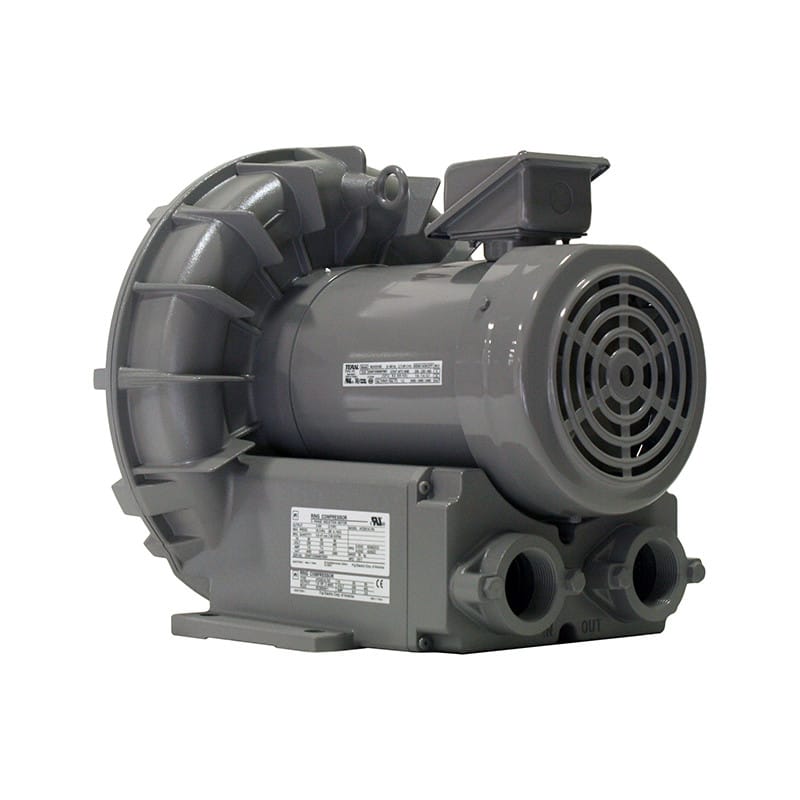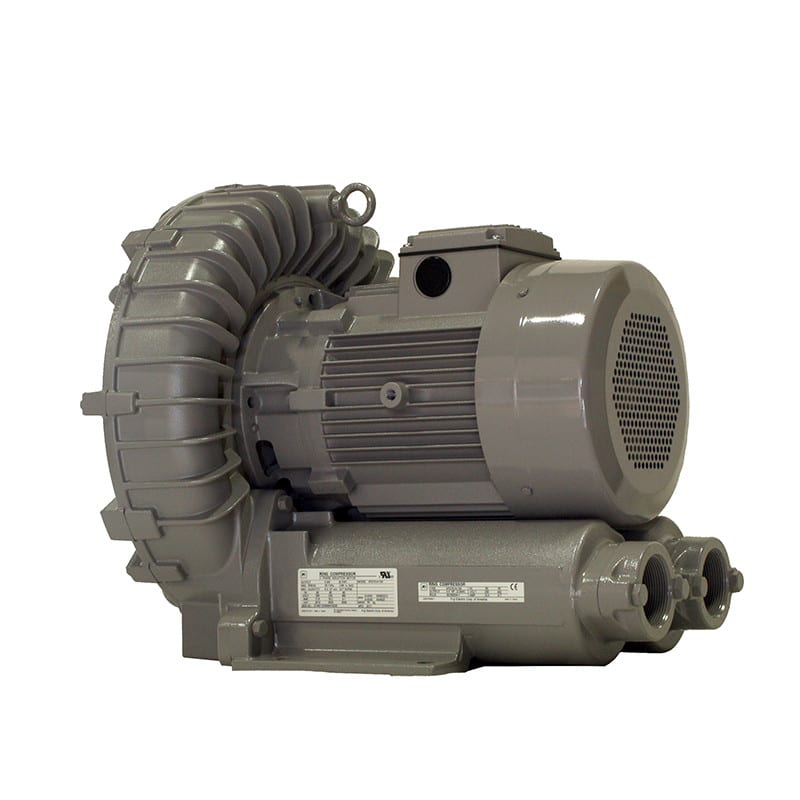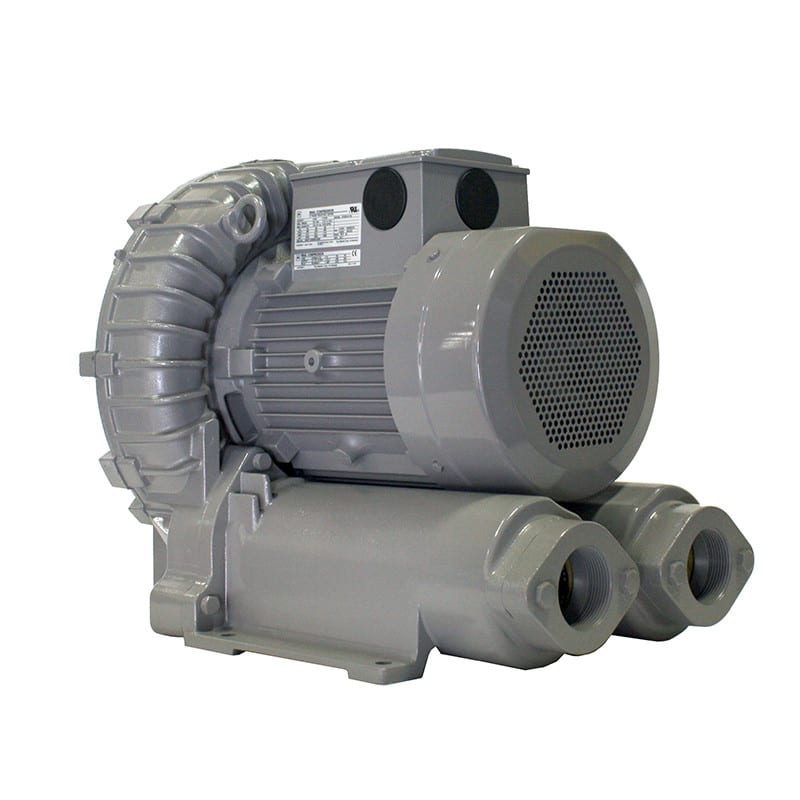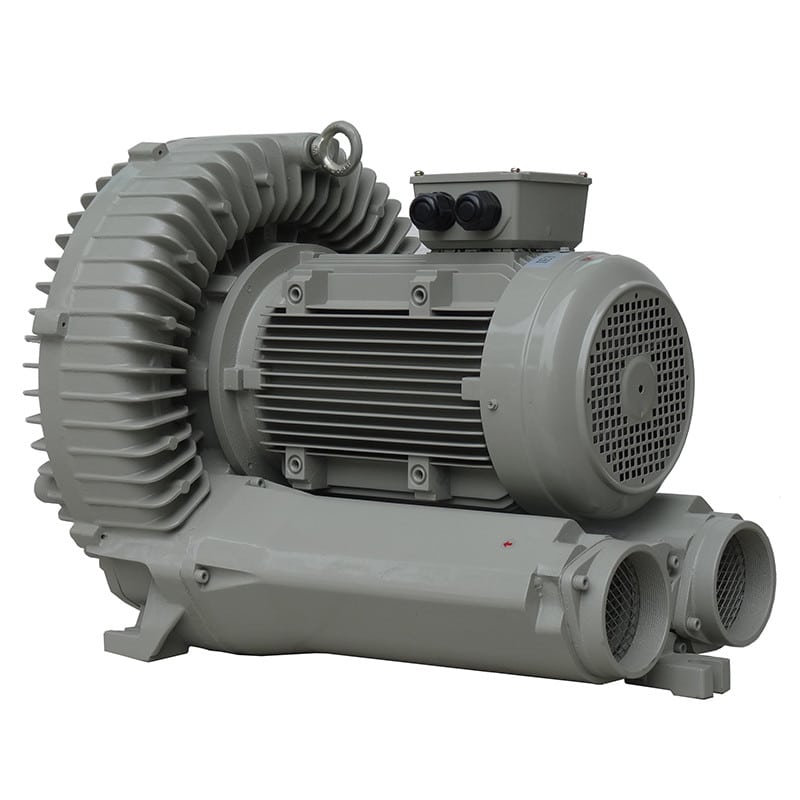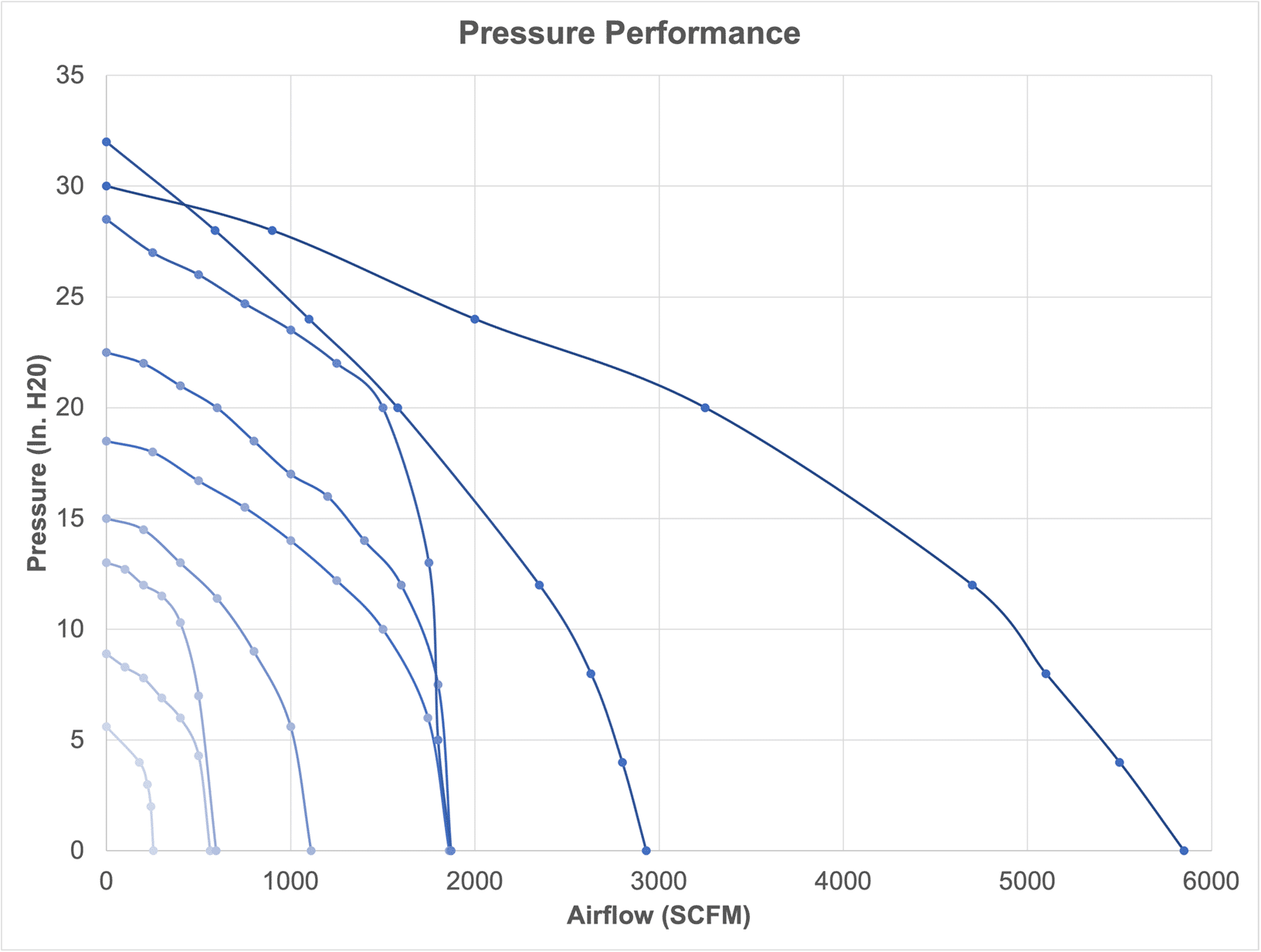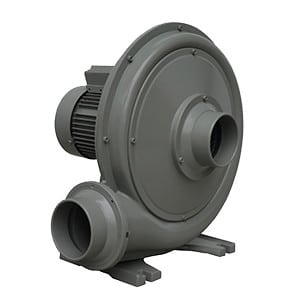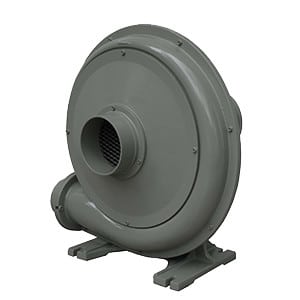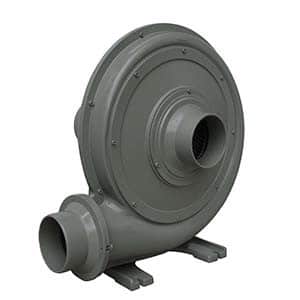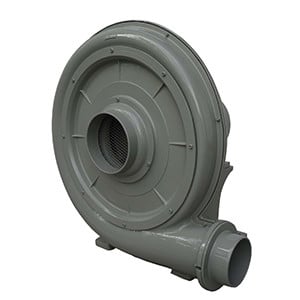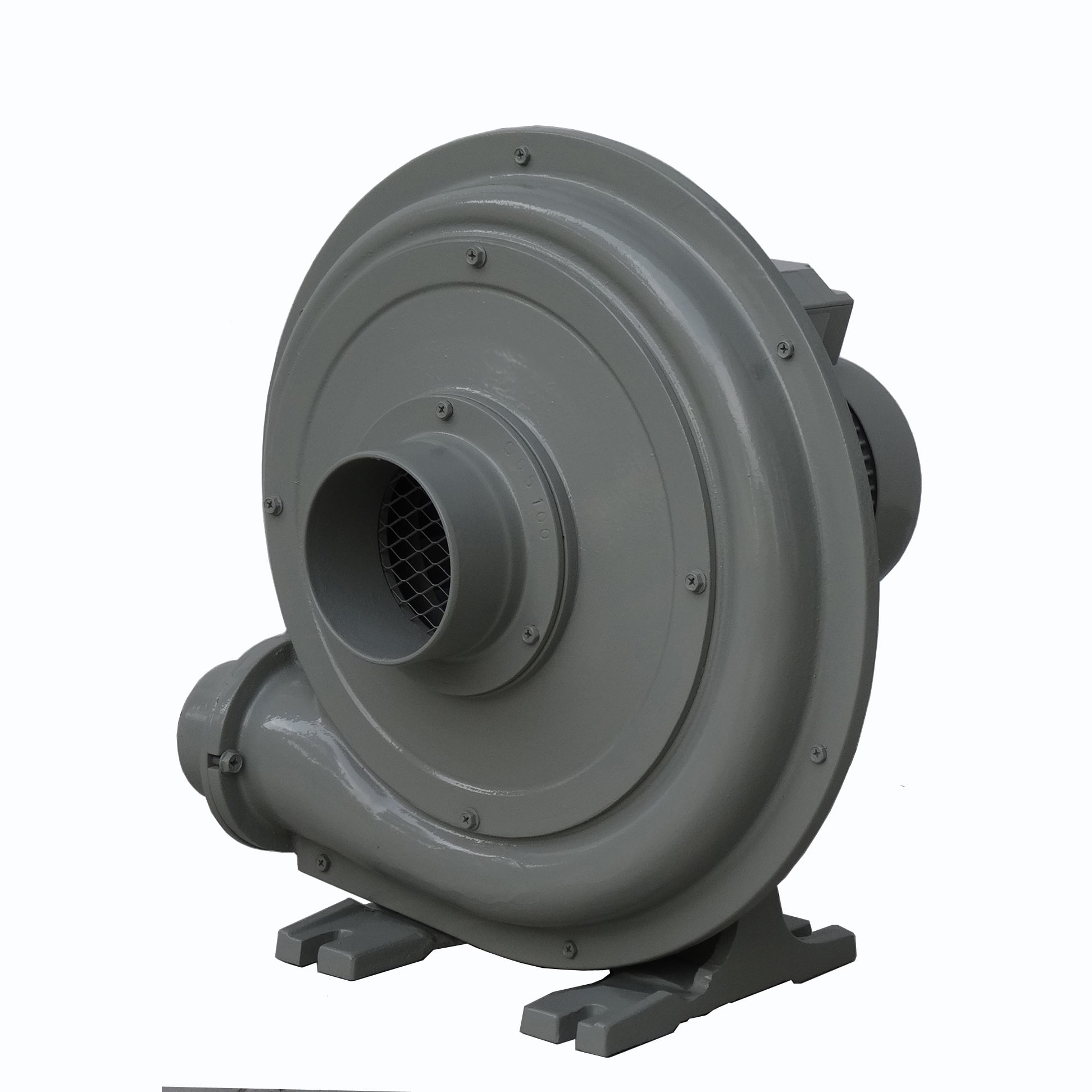“Conductive noise can be reduced through methods such as adding an LC filter on the AC power side, adding a ferrite core, or adjusting the gate resistance to suppress dv/dt at the time of switching. For details, refer to IGBT’s Application Manual Chapter 10.”
There are two types of noise: conductive noise (noise terminal voltage) and radiation noise. Conductive noise propagates over a conductor or earth wire in a main circuit. It is divided into two groups: normal mode and common mode. Radiation noise is generated within a device and emitted into the air because the device wiring or […]
Please contact Fuji Electric Corp. of America or your local sales representative or distributor to answer your question.
Power semiconductor modules of Fuji Electric Corp. of America have been certified with UL standard 1557, category code QQQX2 (File No. E82988). The relevant model types can be found on the UL website’s (http://japan.ul.com/) Online Certifications Directory.
Please contact Fuji Electric Corp. of America or your local sales representative or distributor to answer your question.
Please contact Fuji Electric Corp. of America or your local sales representative or distributor to answer your question.
The first digit represents the year of manufacture, the second digit is the month of manufacture, and the remaining 3 to 4 digits are the lot number.
Yes. The main factors impacting the IGBT module’s life expectancy are temperature gaps involving the element’s junction temperature Tj, and increase and decrease of case temperature Tc. Refer to technical documents describing the relationship of ΔTj and ΔTc with the device life expectancy.
EMS is an abbreviation of Electro Magnetic Susceptibility. The word describes an electronic device’s capability and performance against surrounding interference, and it is also called immunity. It includes evaluation items such as electromagnetic waves, static electricity, and lightning surge. For details, refer to Application Manual Chapter 10.
EMI is an abbreviation of Electro Magnetic Interference. The word describes the negative effect caused on peripheral equipment by an electronic device, and it is also called emission. EMI consists of conductive noise that leaks to a power source, and radiation noise that is emitted as electromagnetic waves. For details, refer to Application Manual Chapter […]















